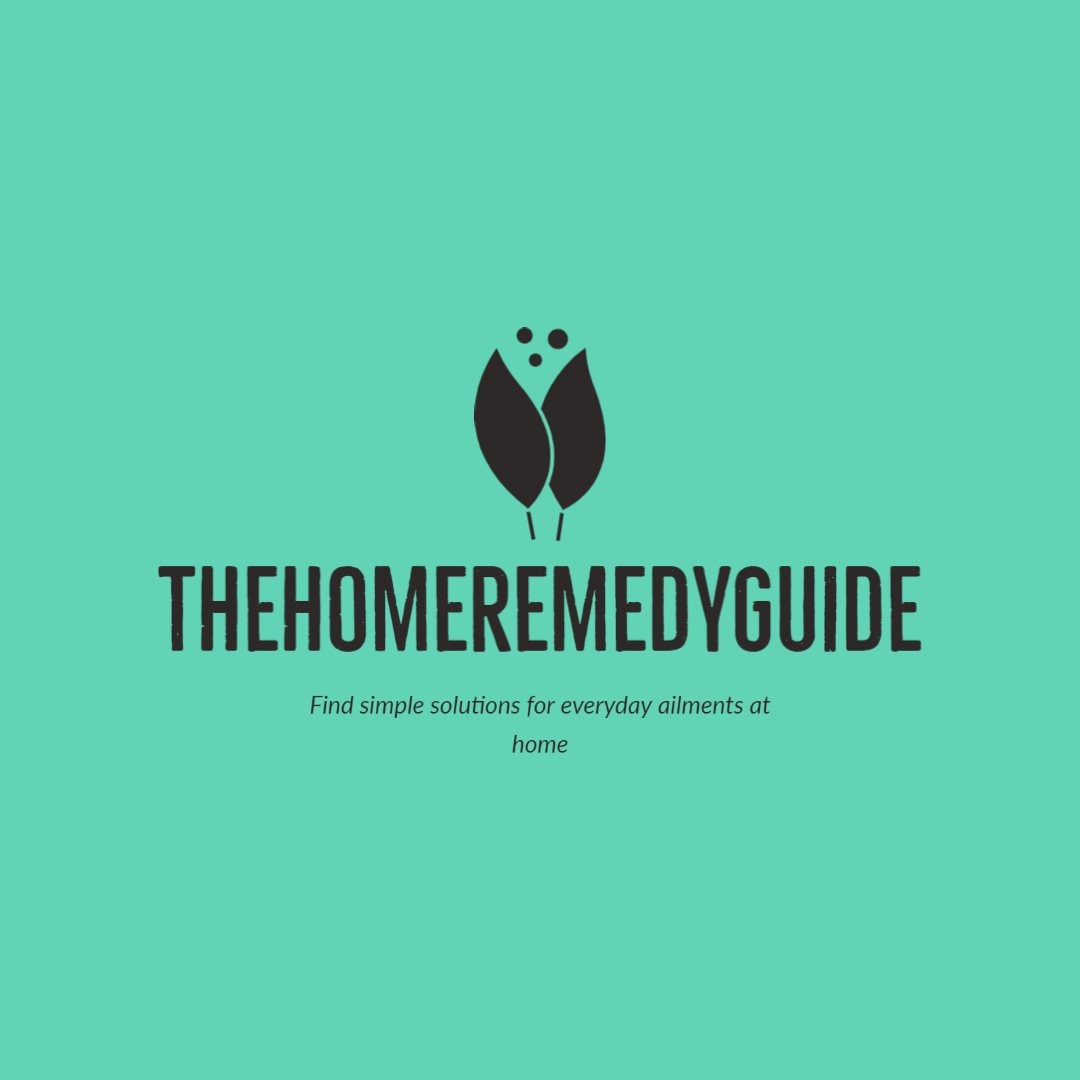Blisters are small, fluid-filled pockets that form on the skin. They are most commonly caused by friction or pressure on the skin, such as from ill-fitting shoes or repetitive hand movements. Blisters can be painful and may interfere with daily activities.
Symptoms
The most common symptoms of blisters are:
- Redness or swelling around the blister: The skin around the blister may be red and swollen.
- Pain or tenderness when the blister is touched: Blisters are usually painful when touched or pressed.
- Fluid or pus inside the blister: Blisters contain a clear or yellowish fluid called serum. If the blister becomes infected, it may contain pus instead of serum.
If you are experiencing any of these symptoms, you should not pop the blister. Popping a blister can increase the risk of infection and may slow the healing process. Instead, you can cover the blister with a bandage to protect it from further friction or pressure. If the blister is painful or if it pops on its own, you can use a blister pad or moleskin to protect the area.
If you are experiencing frequent or severe blisters, or if you develop a fever or other symptoms of infection, you should speak with a healthcare professional. They can diagnose the cause of the blisters and recommend treatment as needed.
Home Remedies
There are several home remedies that may help alleviate the symptoms of blisters and speed up the healing process:
- Cover the blister: Covering the blister with a bandage or blister pad can help protect it from further friction or pressure.
- Keep the blister clean: To reduce the risk of infection, it’s important to keep the blister clean. Wash the area with soap and water and apply an antiseptic ointment if needed.
- Apply a cold compress: Applying a cold compress to the blister can help reduce swelling and numb the area to reduce pain.
- Take over-the-counter pain medication: Nonsteroidal anti-inflammatory drugs (NSAIDs) such as ibuprofen or naproxen can help reduce pain and inflammation.
Protect the blister from further friction or pressure: To prevent blisters from forming or to help prevent existing blisters from getting worse, it’s important to protect the area from further friction or pressure. This may involve wearing shoes that fit properly, using padding, or taking breaks from activities that cause friction or pressure on the skin.
It’s important to note that these remedies may not work for everyone and may not be suitable for everyone. If you are experiencing frequent or severe blisters, or if you develop a fever or other symptoms of infection, you should speak with a healthcare professional for proper diagnosis and treatment. In some cases, prescription medications or other treatments may be necessary to manage the condition.
